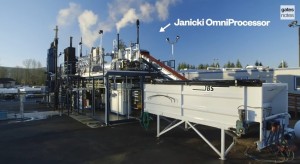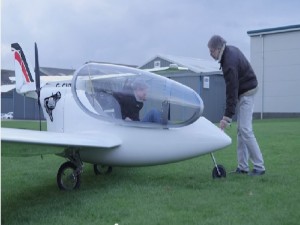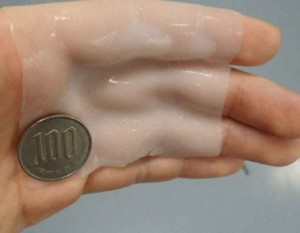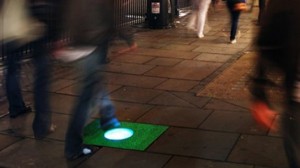The 2015 Consumer Electronics Show (CES) is coming to a close, but not before showcasing a huge breakthrough in battery technology.
The Israeli start-up company StoreDot showed off their new product at CES: a smartphone battery that can charge in just seconds.
StoreDot’s battery charges 100 times faster than the present lithium-ion batteries and can last about five hours on a two minute charge.
However, the battery cannot be retrofitted to existing devices because most phones would be fried by the 40 amps of electricity. Instead, StoreDot’s battery is completely new – containing special synthesized organic molecules.
“We have reactions in the battery that are non-traditional reactions that allow us to charge very fast, moving ions from an anode to a cathode at a speed that was not possible before we had these materials,” Doron Myersdorf, the company’s chief executive, told BBC.








